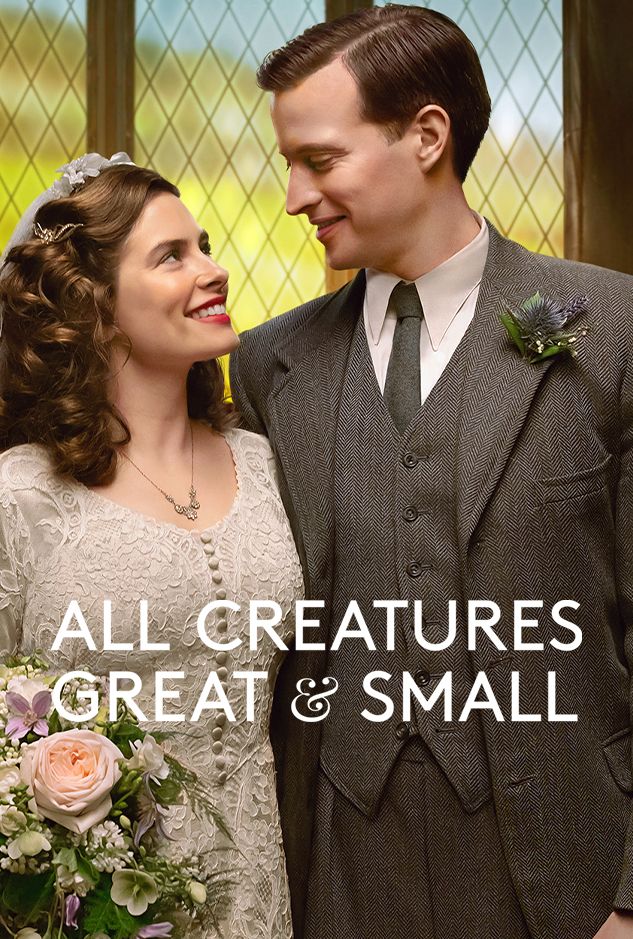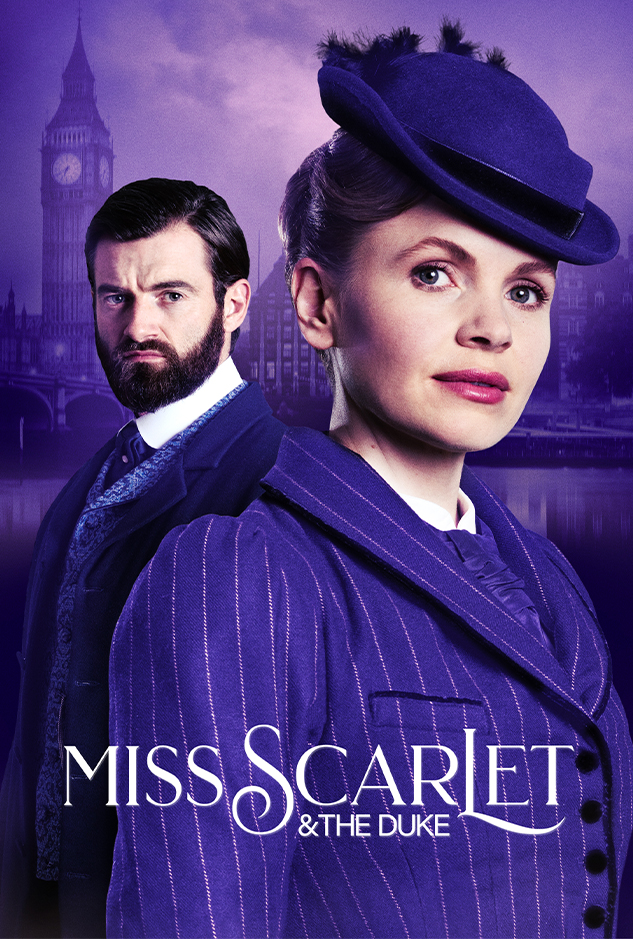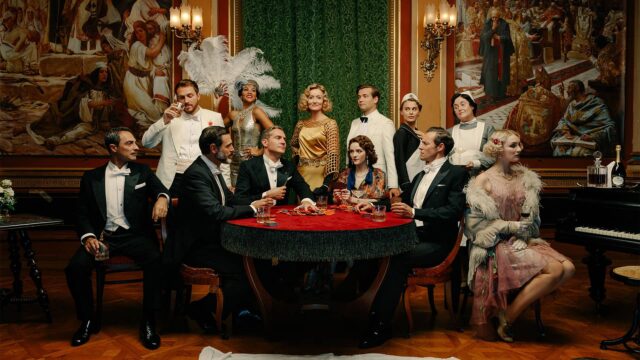Real Victorian History as Seen in Miss Scarlet and The Duke Season 2
Whether you’re a Victorian history nerd or just captivated by the period setting of Miss Scarlet and The Duke, you’ll want to take a deeper look at everyday life in 1882 London—when dubious medicines filled peoples’ cabinets and body snatchers emptied graves.
You’ll be in the know as these bits of real history arise in this fan-favorite series. Watch Seasons 1, 2 and 3 now on PBS Passport, an added member benefit.
- 1.
Shopgirls On Their Feet

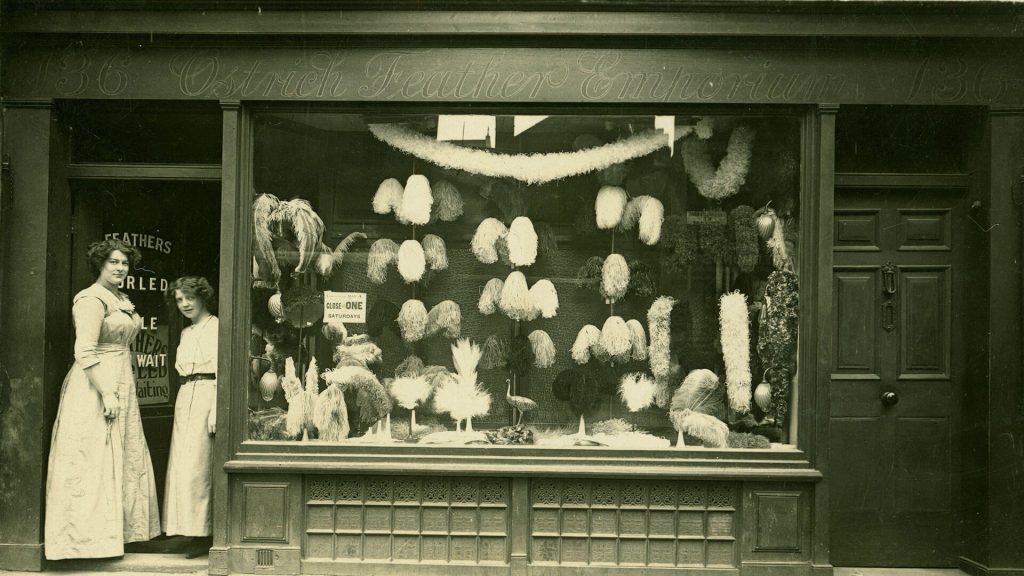
Early 1900s photo postcard of shopgirls outside the Ostrich Feather Emporium. Starting in the 1860s, Victorian men left private shop work, drawn to the factories of Britain’s industrial cities, and young women surged into London to take their place. The emergence of department stores opened up further opportunities for shopgirls. Single females who weren’t supported by family could finally pursue a profession seen to be as respectable as “lady’s companion.” But life behind the counter was difficult: the women needed to be vigilantly obsequious, worked 12-15-hour days with only Sunday off, were forced to stand at all times, and were fined or dismissed for minor mistakes. Earnings were barely enough to survive on, even for those living onsite, as wages were reduced accordingly for the room. Journalists eventually illuminated the plight of shopgirls, which brought reforms, though not until the early 1900s.
- 2.
Charles Darwin’s Ideas Finally Gained Acceptance

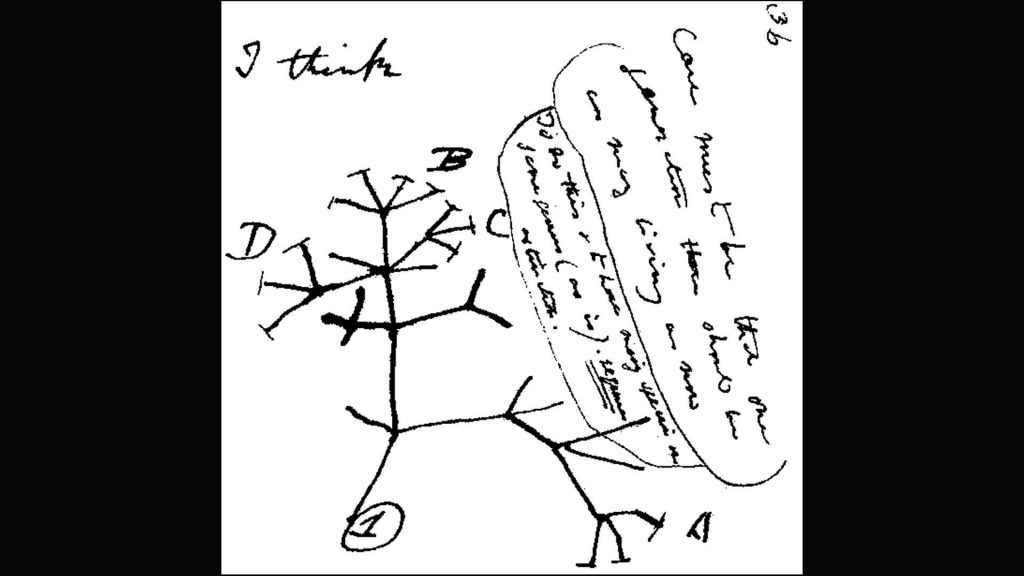
Darwin’s 1837 notebook doodle of a simple tree with “I think” scrawled above it. Charles Darwin’s ideas about natural selection emerged from his HMS Beagle voyage in the 1830s. He worked out his theory of evolution in part by making diagrams of branching trees (see image above). His landmark work on the topic, On the Origin of Species, was eventually published in 1859 and received a controversial reception. At that time, many scientists believed species to be “fixed” and unchangeable. Theologians insisted all creatures including man were created “according to their kind” by God. By the time of Darwin’s death in 1882 however, there was growing optimism about the power and benefit of scientific discovery. So, while the idea of natural selection was still provocative, it had gained general acceptance in Britain, even among many in the Anglican clergy. In fact, Darwin was buried in Westminster Abbey in honor of his scientific work.
- 3.
Opium Dens Catered to All Classes

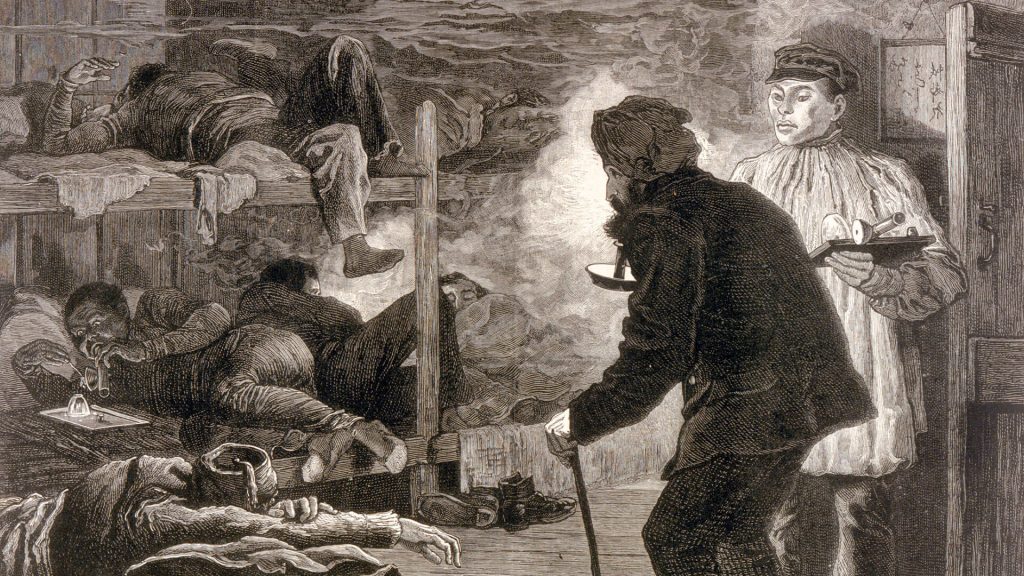
Sketch of an opium den in London’s East End. The existence of opium dens in Victorian London’s East End was common knowledge as journalists wrote sensationalized stories, which the public gobbled up. Opium smoking came to London’s East End in the late 1800s along with an influx of Chinese workers. Sailors and expatriates also brought the habit back to London. While opium dens apparently weren’t numerous in England, there were enough to accommodate all levels of society. High-end locations offered elaborate beds and female attendants to ready the drug for smoking. In cheaper venues, users lay on a mattress or shared a bed and prepared the opium with their own supplies. Popular Victorian authors like Charles Dickens and Arthur Conan Doyle continued to fuel the public’s fascination.
- 4.
Keeping the Dead Buried was a Grave Concern

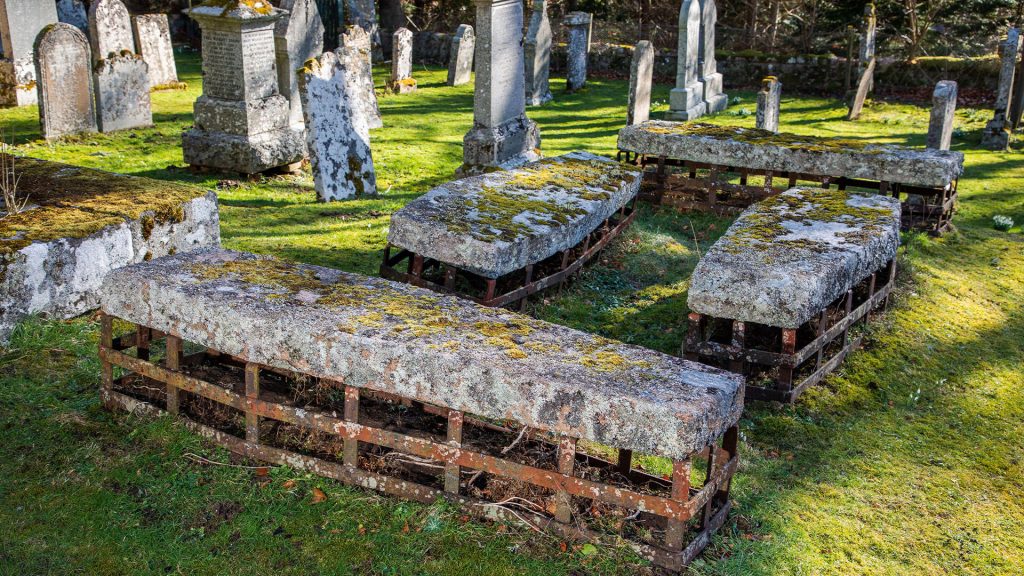
Group of four “mortsafes” designed to protect graves from disturbance by body snatchers. Grave robbers were a routine problem in Victorian-era churchyards; they carried off everything from jewelry to entire bodies. Resurrectionists (as they were called) were motivated by the money medical schools paid on the down-low for cadavers—dissection of human bodies’ being illegal until 1832’s Anatomy Act. With the new law, it was acceptable to anatomize body donors, unclaimed paupers’ corpses and executed criminals, yet the number of available cadavers still couldn’t meet the growing surge of medical students. Trade in the dead continued to be lucrative. Body snatchers included medical students themselves, undertakers, hustlers who appropriated corpses of the destitute, and even murderers.
The public’s dread of grave robbing led to the installation of cemetery gates, cages on graves known as “mortsafes,” and mausoleums. Making the most of mourners’ anxiety, the “coffin torpedo” was patented; it fired lead bullets if a coffin lid was pried open. Few were wealthy enough to afford such defenses.
- 5.
Newgate Prison—the “Blackest Hole in London”

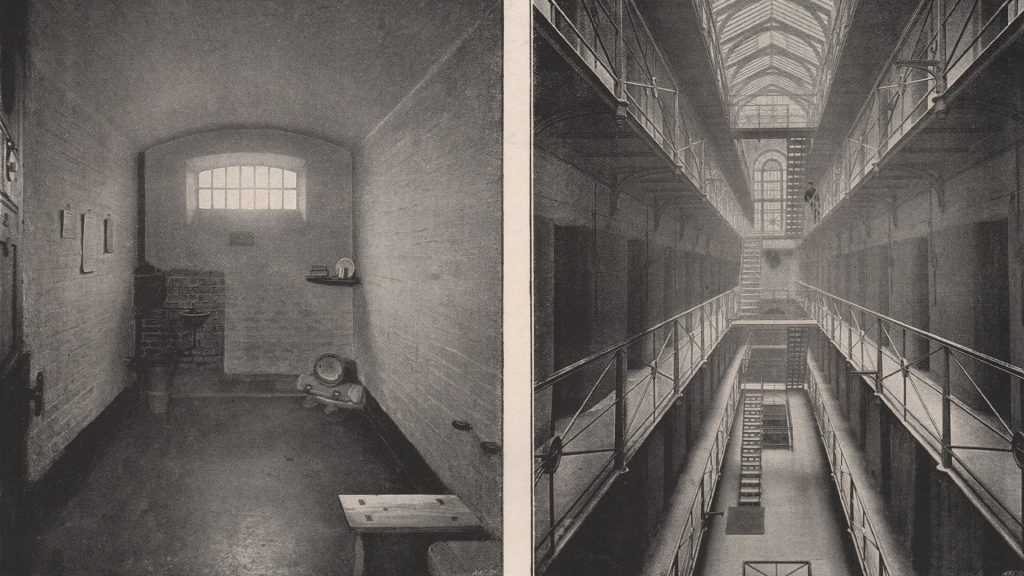
Antique photographic book plate showing a cell (left) and The Galleries (right) in New Gate Prison, London 1896. Characters from Miss Scarlet and The Duke come and go from this ancient detention center in London, first established in the 12th century. Incredibly, Newgate Prison was in active use until 1902 and was always infamous for appalling, unsanitary and overcrowded conditions. Physicians were often said to refuse to enter its dungeons. Throughout its history, Newgate housed both men and women who were either felons or in debt. In 1782, the building was divided into separate sections to offer additional comforts for those who could pay. The prison was finally demolished in 1904.
- 6.
“Cures” for What Ailed You

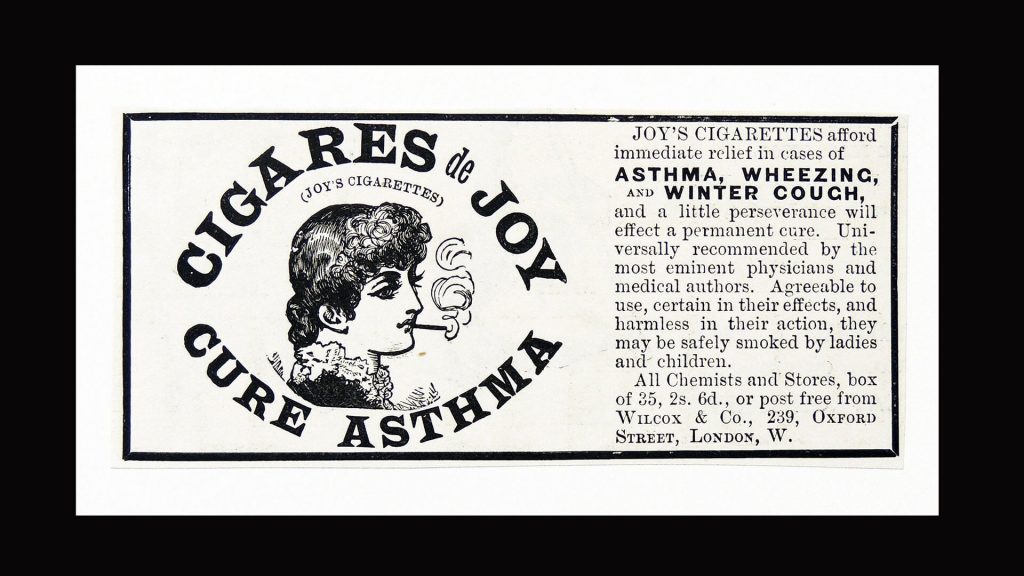
Cigars de Joy, a patent remedy to be smoked to relieve shortness of breath in asthma and bronchitis. Advertisement published London, 1881. If we snooped through the cabinets of Miss Scarlet’s housekeeper, Ivy, odds are we’d find various elixirs and liniments, branded as treating this or that ailment. Victorians had good cause to fret about health: infectious diseases came in regular cycles, respiratory disease was rampant, and digestive issues common due to tainted food. Enter the popular traveling salesman with a wagon full of bottles and pills promising to cure epilepsy, relieve pain, quiet a fussy infant, or even remove freckles.
People paid good money for a well-marketed tonic. Unfortunately, the products often contained alcohol, opium, cocaine, cannabis, and other unregulated substances, which conceivably made users “feel something” but likely not cure much.
- 7.
A New Genre of Detective Novels

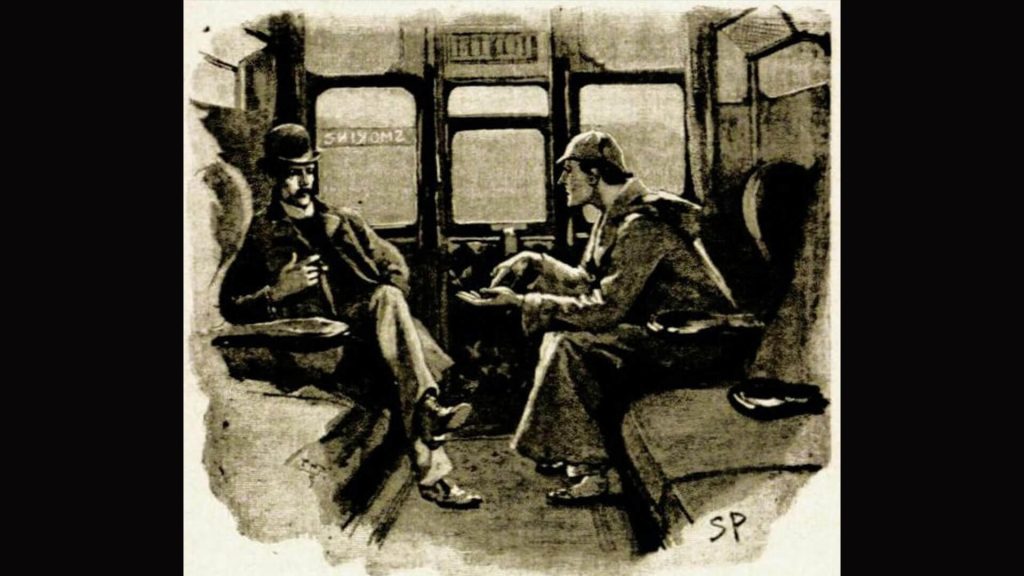
Illustration crop from The Adventure of Sherlock Holmes. Victorians had quite the appetite for detective fiction—and publishers kept them fed. As London’s population grew, so did crime and it was around 1829 when the city’s police force was established. The setting was right for the detective genre to flourish. Edgar Allan Poe’s The Murders in the Rue Morgue (1841) introduced the world to private detective Monsieur C. Auguste Dupin. Charles Dickens allegedly rode with the officers of the London Metropolitan Detective Force, later giving readers Bleak House’s Inspector Bucket. But the Victorian protagonist who truly shaped the way we see literary detectives to this day is arguably Arthur Conan Doyle’s Sherlock Holmes. Conan Doyle’s A Study in Scarlet arrived in 1887 and Holmes grew to become the most famous detective character ever written.












